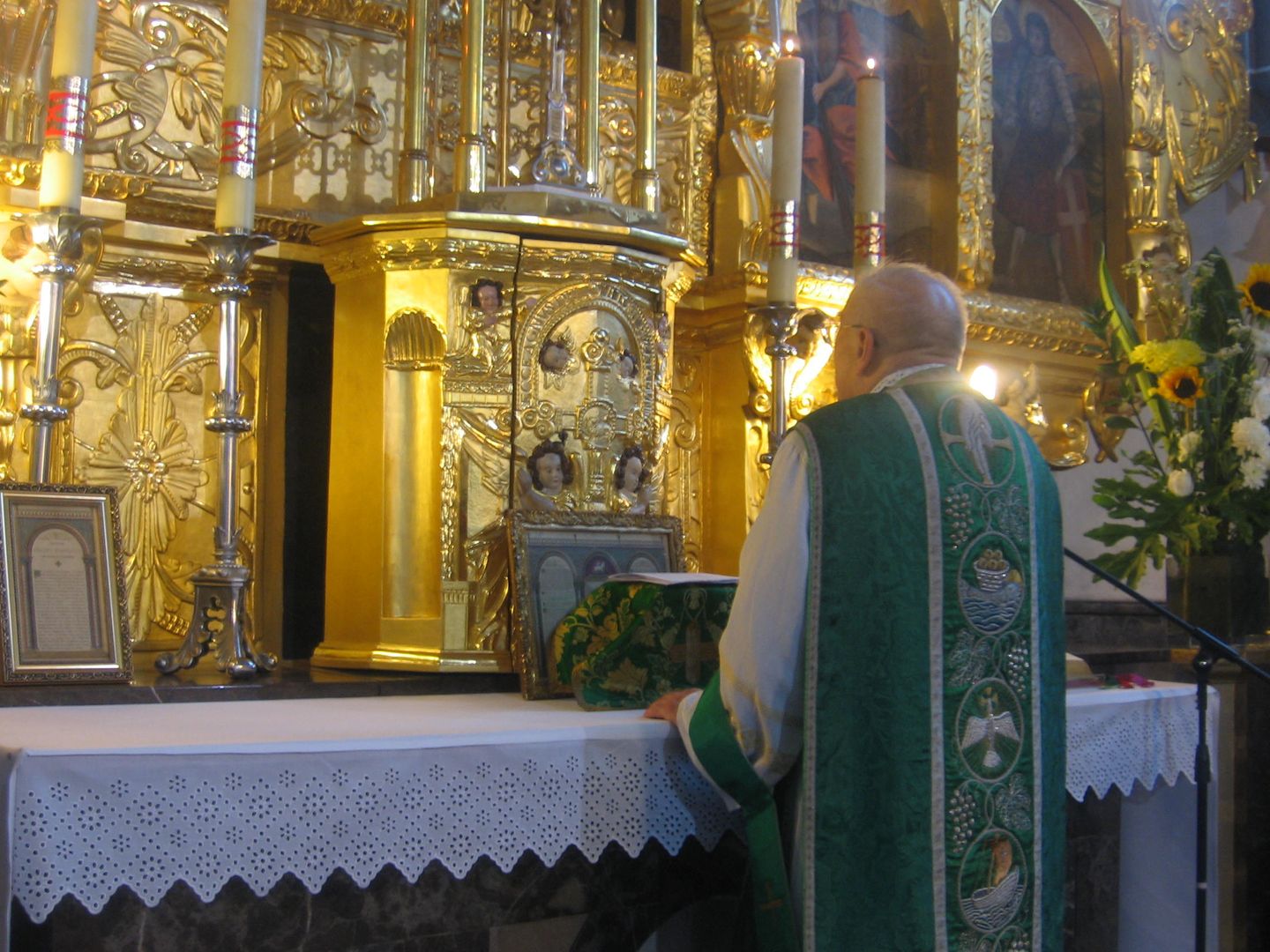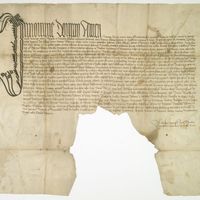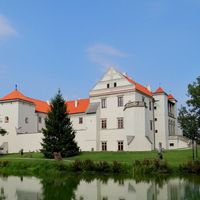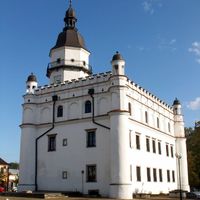St. Zygmunt's Parish in Szydłowiec
6.73

Overview
The Parish of St. Zygmunt in Szydłowiec, established on January 1, 1401, by Bishop Piotr Wysz, boasts a rich history and significant architectural and cultural heritage. The founders, Jakub and Sławek Szydłowiecki, initiated the construction of a wooden church, which was rebuilt into a masonry parish church between 1493 and 1509, funded by Jakub Szydłowiecki. Originally part of the Kraków diocese, the parish developed significantly in the early 16th century, emphasizing religious education through an elementary school and the work of mansionaries. In the 17th century, it possessed substantial assets, including fields and mills, and operated religious brotherhoods such as the St. Anne Brotherhood and the Archconfraternity of the Rosary. During the Reformation, Mikołaj Radziwiłł "the Black" closed the church but did not convert it into a Protestant assembly, reflecting the dominant Catholic faith among the local population. In the 18th century, changes occurred, including the establishment of the parish in Majdów and the settlement of Jews in Szydłowiec, who built a synagogue. In the 19th century, the hospital church fell into ruin, and the parish cemetery was established in 1819. In the 20th century, the parish experienced a revival under the leadership of Fr. Stanisław Piekarski, developing cultural and charitable activities, including the Institute of Catholic Culture and the Parish House. Today, the parish actively engages the local community through various parish groups, such as Oaza, KSM, Akcja Katolicka, and an AA group. Interestingly, despite changes in administrative status, the parish retains its regional significance, with its spiritual influence deeply embedded in the local community's life. The parish serves the faithful from Szydłowiec and neighboring towns, and its presence and activities reflect the rich religious and cultural traditions of the region.
Location
2025 Wizytor | All Rights Reserved





